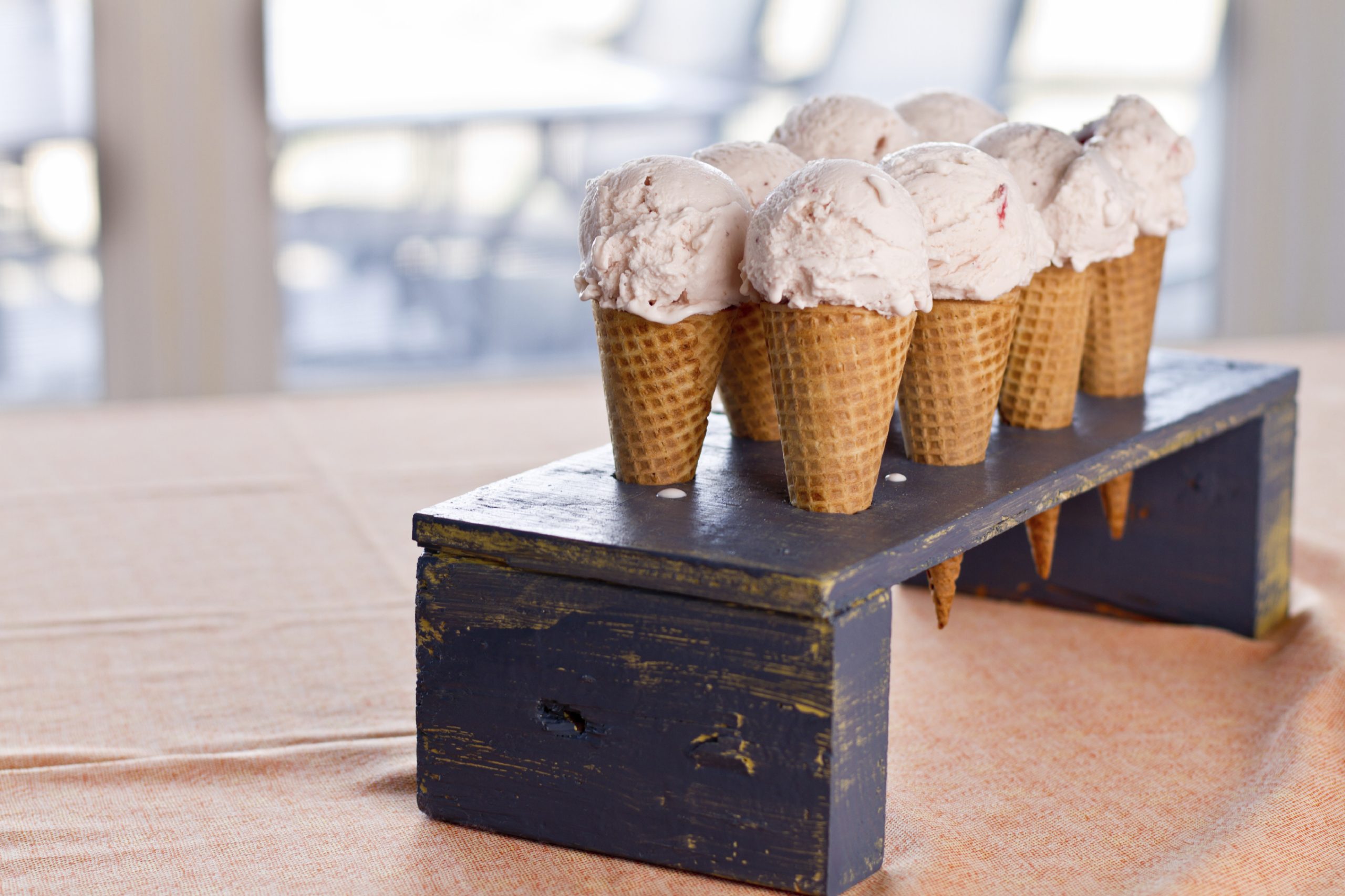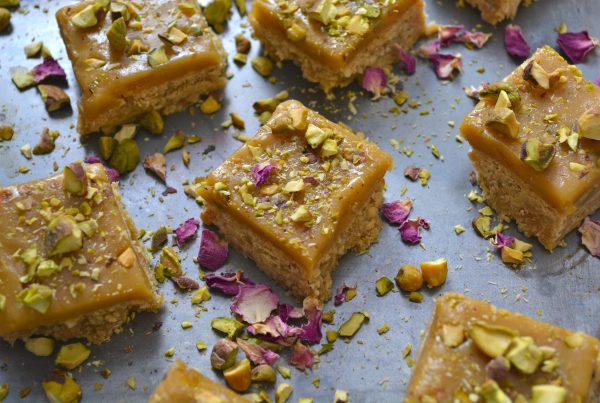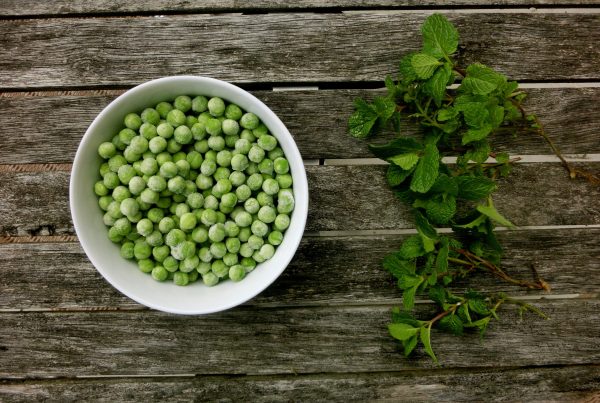
I’ve been to many wine tastings where the sound of pens fanatically scratching details of perceived taste, flavour, balance and finish is palpitated by the quiet chink of glasses, and the gentle ping of the spittoon. Whilst an ice-cream tasting considers the same principles as a wine tasting, it is by far a more lip-smacking experience, made all the better by the necessity to swallow in order to truly appreciate it.
The most significant hindrance of an initial impression when tasting ice cream is the lack of aroma and, therefore, flavour. This presents a perfect opportunity to describe the difference between taste and flavour when tasting wine: most people confuse the two.
Taste is a chemical sense perceived by receptor cells that make up taste buds. It is best explained by the five senses of sweet, spice, sour, salt and umami. Flavour is a more eclectic fusion of multiple senses. To perceive flavour, the brain interprets taste and, more importantly, olfactory (smell) as well as tactile and thermal sensations. Because it is cold, ice cream does not smell very strong until its aromatic compounds can volatilise and reach the nose as it warms. Hence the need to macerate, swallow and allow the aroma esters to hit the all-important olfactory glands from within the mouth.
Additional to flavour, the sensory impression of a food (or any substance) is changed by the process that it has undergone. One challenge to producing a wine-flavoured ice cream is that the alcohol resists freezing and the process of freezing changes flavours, so it is not just a matter of pouring half a cup of wine into your mix. Infusing the mix with additional ingredients such as chamomile and spiced apple is important to enable all flavours to integrate, providing composition, length and finish. It’s also necessary to consider the type of wine that is being used. My favourite in a line-up of white wine examples was Sauvignon Blanc. The natural acidity of this grape produced lovely tingly lemongrass and citrus flavours that both complimented and provided contrast to the high butter fat and savoury ingredients of the ’scream.
So here is the ‘wine’ advice this column offers this month: don’t have your wine too cold. If flavour is, in fact, smell, and your glass is all frosted with condensation because the wine is too chilled, you’re not going to get the maximum aroma or flavour out of your $13.50 glass. Experiment. For me, a red should not be cold to the touch, and whites should be out of the fridge for at least 15 minutes before you pour.
Scream-Licious artisan ice creams are sold exclusively through urbanharvest.co.nz
[info]
September Wine Recommendation
Big Sky Sauvignon Blanc 2012
As much as Sauvignon Blanc has bang for your buck, it is often dominated by acidity. This is where Martinborough offers perfect lower-acid examples with plenty of oomph. The Big Sky Sauvignon Blanc displays lovely citric-oil characters, with spicy lemongrass and a hint of mint. Dry and stony on the finish, with a bit (but not too much) of a chill, this wine resembles a kaffir lime sorbet.
[/info]





